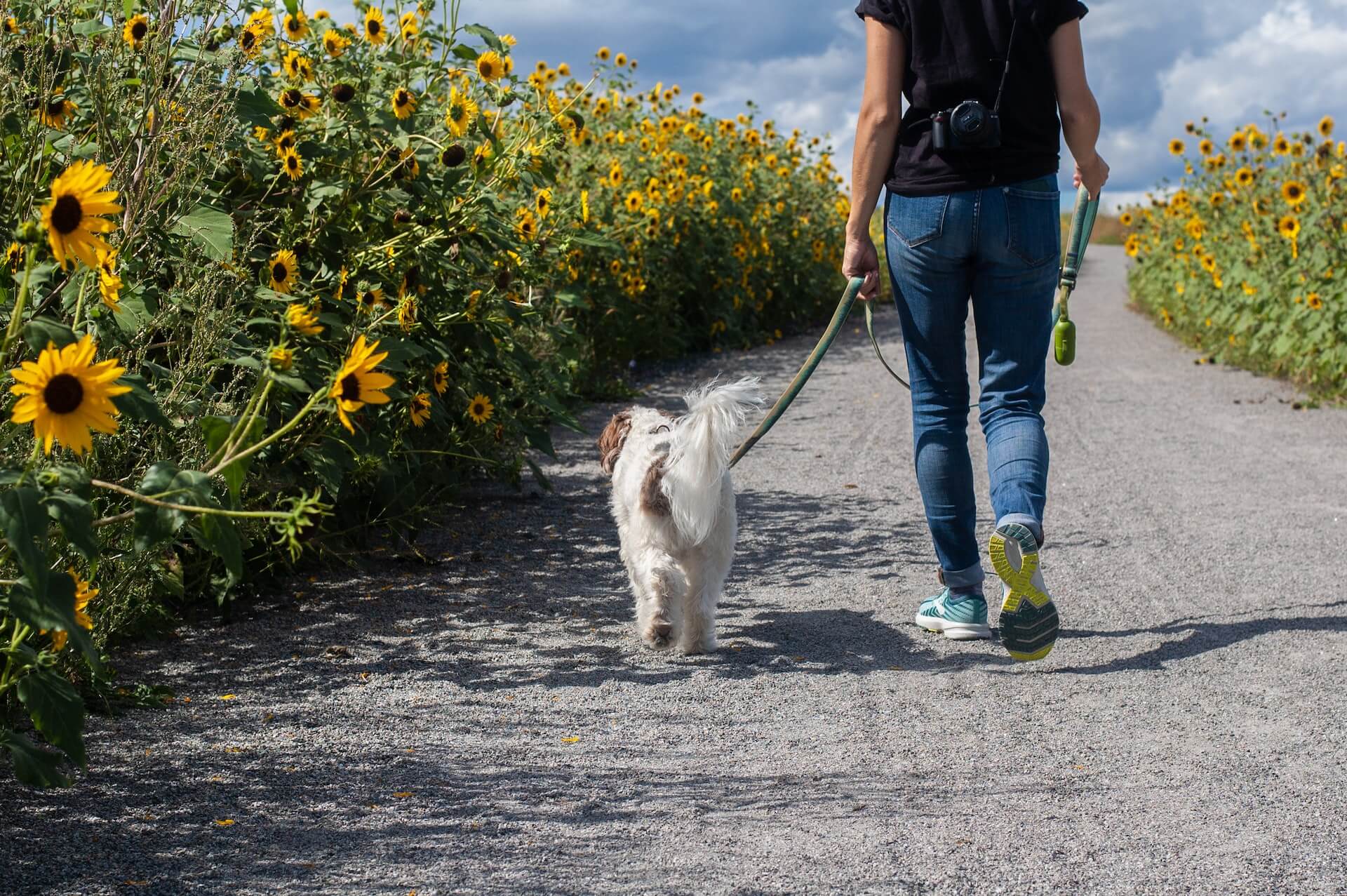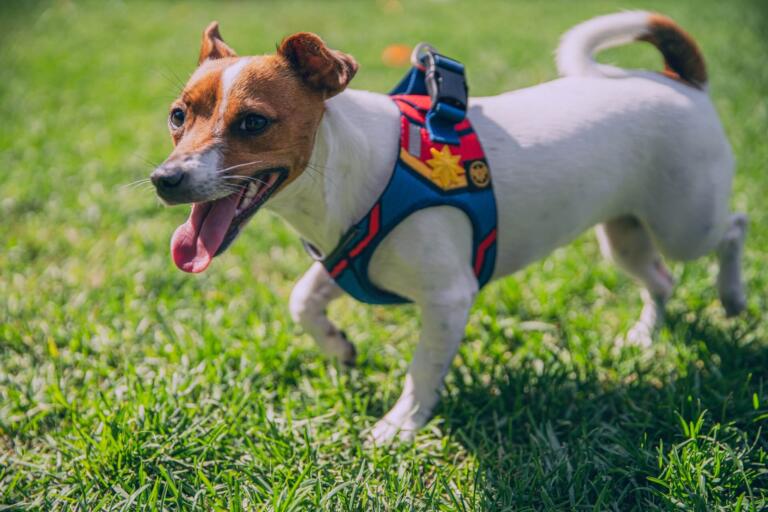A walk in the park with your dog means you will most likely have to use a leash, but what do you tie it to, a collar or a dog harness? The debate about using either a collar or harness is ongoing, with many preferring one over the other.
Deciding which one is best will depend on your dog more than anything else. For some dogs, it’s safer to have a harness on than a collar tied to the leash. For others, you get better control with a collar.
So which is which and how to decide?
What are dog collars and how are they used?
The most typical image of a dog collar is one that sees someone walking their dog with a leash tied to the collar. This has been the way to do it for a while but harnesses have been around for just as long as the collar, if not longer. Dogs were used to pull sledges and thus had to be tied to the sledge with an early form of a harness.
Advantages of using a collar
Now collars are primarily used to hold the dog’s tag with all information required by law in many countries. Some owners do prefer to have the leash tied to the collar itself while out on walks.
It’s often advised to use a collar with a leash for training in the early stages of puppy development. We would usually see larger more aggressive dogs with leashes on collars, as many believe they have better control. Collars are believed to reduce the amount of strength required while walking.
Disadvantages of using a collar
There are many other downsides to using a collar for walking on a leash and most have to do with injury. A collar that gets tugged around a lot can damage many parts of the dog’s neck and lead to long-term issues. Pressure on the neck can lead to back pain, damage to the throat and in some cases damage to the eyes.
Less dramatic disadvantages of using a collar, come from the fact that a dog can slip out fairly easily. It may not a huge issue if it happens but it can turn into an issue. The dog could run away, and you might not catch it, especially if they haven’t learnt the recall command.
Even for larger dogs with more aggressive behaviours, using a collar to better control them might result in more pulling. A more powerful dog could then come off its leash and thus you lose control entirely.
What is a dog harness and what is it used for?
A dog harness was most probably derived from the ancient dog-holding apparatus to pull sledges. We now primarily use a dog harness to take the dog out for walks, and even for training purposes. There are other uses for a harness, depending on what the dog is trained to do. But for the average user, it’s just a walking tool.
There are many versions of dog harnesses, and they are made so to accommodate more breeds and their needs. Switching to a harness is the best option for some dogs, especially small toy breeds.
Advantages of using a dog harness
It is much more comfortable for the dog to be taken out for walks with a harness. It relieves the pressure they might have on their neck and protects them from any injury they could sustain. There are harnesses designed to help prevent pulling with a D ring in the front that you can attach to a double-ended leash.
It is a more secure fit and especially during walks when you don’t want your dog to slip out. Brachycephalic breeds are the ones that benefit the most from using a harness. Their breathing is already affected so applying pressure to their necks makes it worse for them.
Disadvantages of using a harness
One major disadvantage of using a harness is that it can be hard to actually put on your dog. You may need to implement an entire training regime to get your dog used to wearing a harness. You will need to exert more physical strength to keep your dog from pulling, but a no-pull double leash could help.
Most harnesses won’t come to fit your dog perfectly, so there is a risk that they might slip out. If you use a harness that only hooks the leash on the back it could teach a dog to pull even more.
What to pick?
There is never going to be a clear answer to this question, but it will depend on the dog. Personality plays an important part in the training process so this will also indicate what tools are best. If you already used a collar and are having issues with pulling then it may be time to switch.
People usually switch from collar to harness more often than the other way around. Know your dog, and establish if they can do well with a harness or collar.
In conclusion
There are advantages and disadvantages to both collars and harnesses. Many people seem inclined to pick a harness so that it can protect their dog’s neck while walking. Others want to have better control over their dog so opt for a collar instead.
Regardless of the choice, your dog will still need a collar with a tag holding relevant information. Both are great tools to use in dog training and must be used to the best of their functionalities.



1 Comment